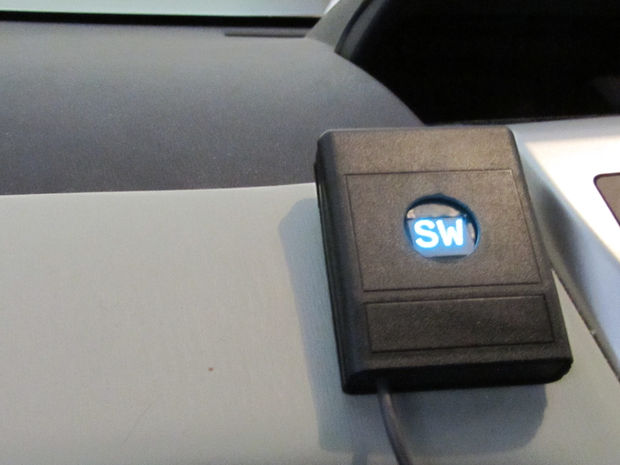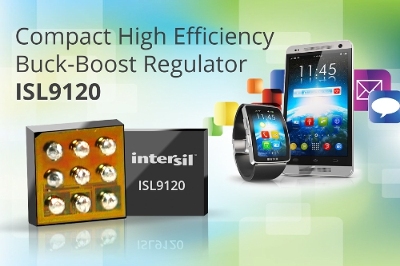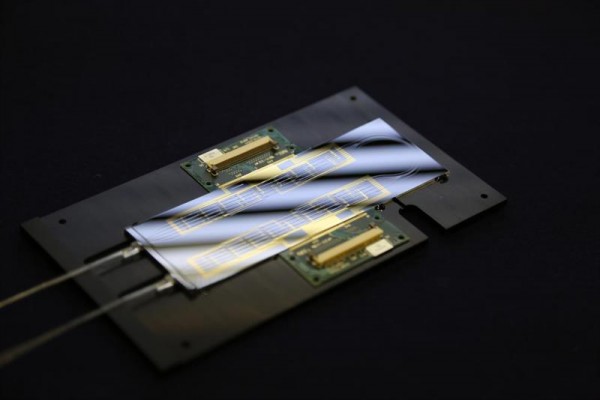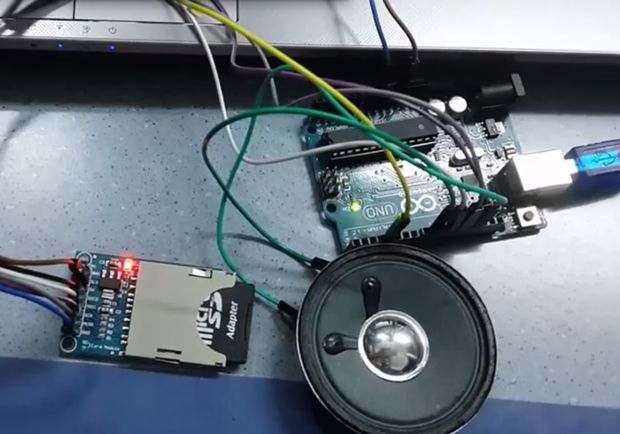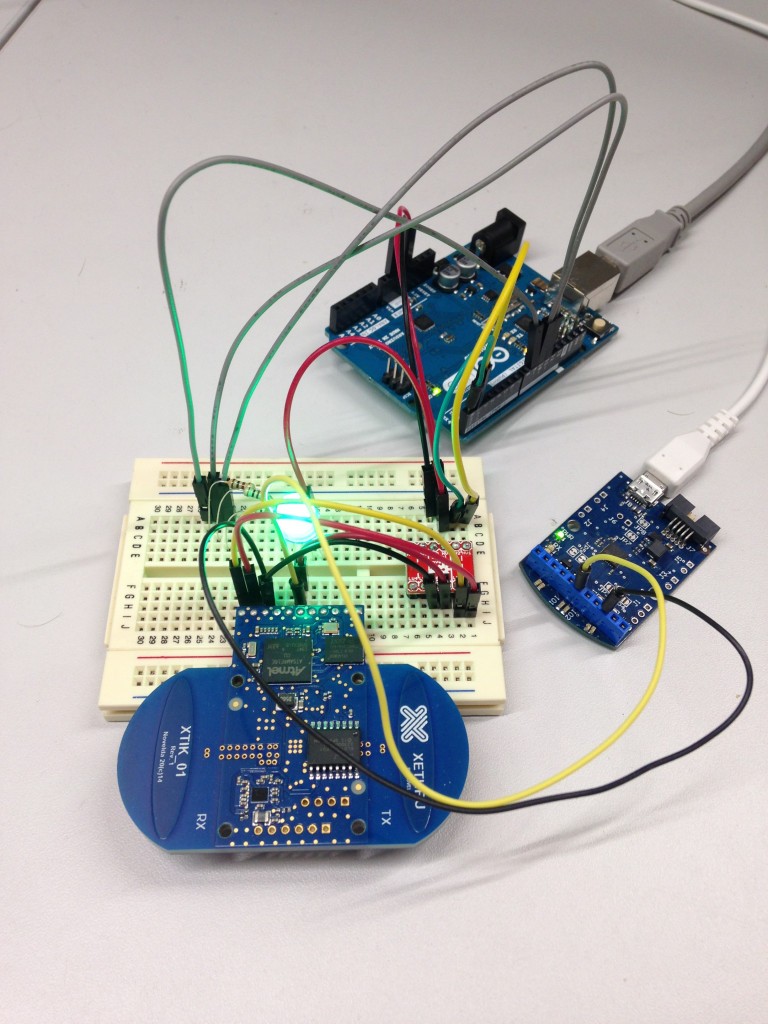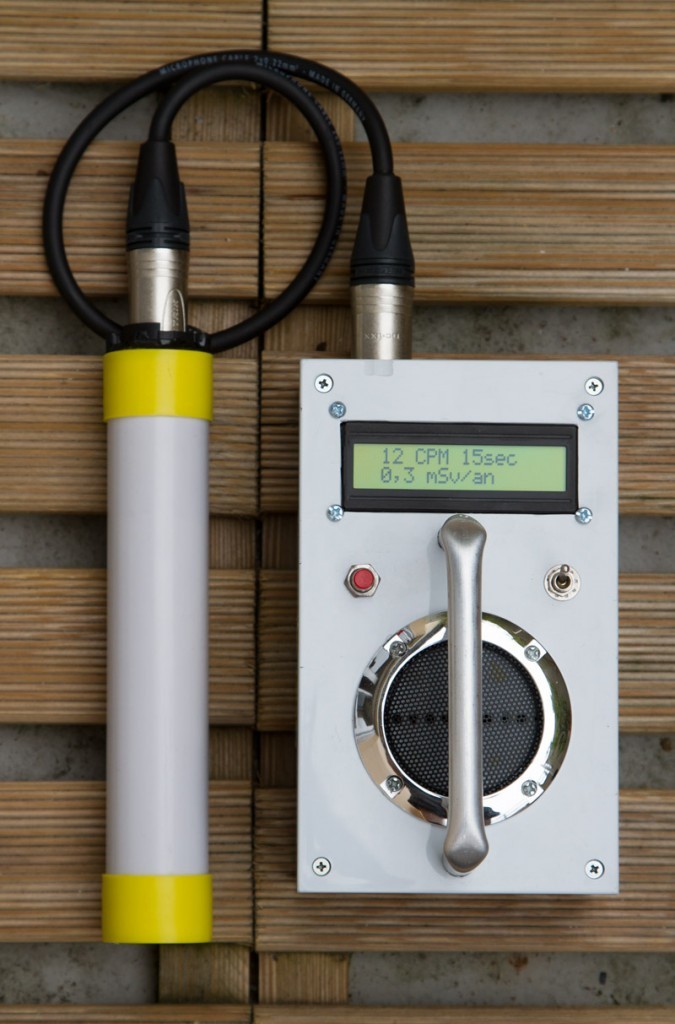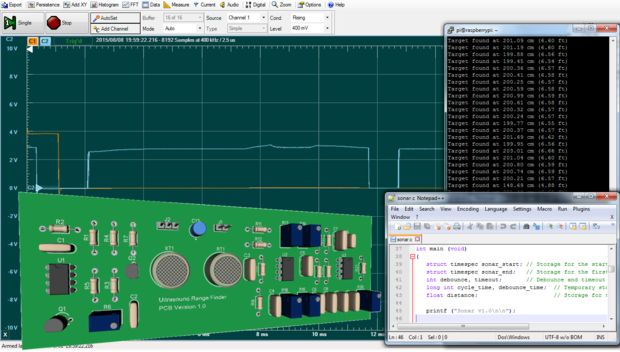by DaAwesomeP @ instructables.com:
I’m astounded that some cars don’t have a digital compass always visible. You either have to launch the navigation app each time which may even disappear when you adjust the radio. In this project, you’ll create a digital compass that can be powered by by the cigarette lighter or another source (batteries make it handheld). You could buy one, but where’s the fun in that?
DIY Digital Compass – [Link]



